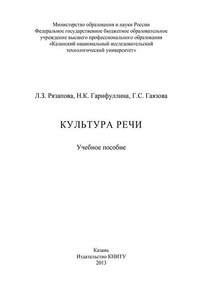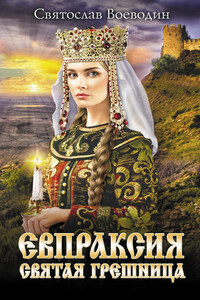1.1 Модуль 1. Текст Police Force
1.1.1 Прочитайте текст. Установите соответствие между заголовками 1-8 и текстами A-G. В задании есть один лишний заголовок.
A. The police are people empowered to enforce the law, protect property and reduce civil disorder. Their powers include the legitimized use of force. The term is most commonly associated with police services of a state that are authorized to exercise the police power of that state within a defined legal or territorial area of responsibility. Law enforcement, however, constitutes only part of policing activity. Policing has included an array of activities in different situations, but the predominant ones are concerned with the preservation of order.
B. In most Western police forces, perhaps the most significant division is between preventive (uniformed) police and detectives. Terminology varies from country to country. Police functions include protecting life and property, enforcing criminal law, criminal investigations, regulating traffic, crowd control, and other public safety duties.
C. Preventive Police, also called Uniform Branch, Uniformed Police, Uniform Division, Administrative Police, Order Police, or Patrol, designates the police which patrol and respond to emergencies and other incidents, as opposed to detective services. As the name “uniformed” suggests, they wear uniforms and perform functions that require an immediate recognition of an officer's legal authority, such as traffic control, stopping and detaining motorists, and more active crime response and prevention.
D. Police detectives are responsible for investigations and detective work. Detectives may be called Investigations Police, Judiciary/Judicial Police, and Criminal Police. In the UK, they are often referred to by the name of their department, the Criminal Investigation Department. Detectives typically make up roughly 15 %-25 % of a police service's personnel.
Detectives, in contrast to uniform police, typically wear 'business attire' in bureaucratic and investigative functions where a uniformed presence would be either a distraction or intimidating, but a need to establish police authority still exists. “Plainclothes” officers dress in attire consistent with that worn by the general public for purposes of blending in. In some cases, police are assigned to work “undercover”, where they conceal their police identity to investigate crimes, such as organized crime or narcotics crime, that are unsolvable by other means.













